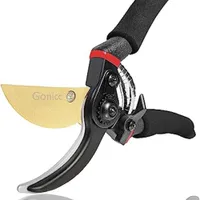When should I prune lavender? The experts share their timing tips
Cutting these fragrant shrubs back at the wrong time of year can do more harm than good


Q: I have a row of lavender shrubs along my front yard path. I've heard that pruning is required to keep them healthy and looking good, but when is the best time to do so?
A: It's true – pruning is important when growing lavender. It encourages good flower development and prevents overly woody stalks, as Stephen Robins, the Founder of Pelindaba Lavender, explains. But it's equally important to get the timing right – and cut them back before it gets too cold – otherwise, they can be vulnerable to frost damage.

In the late 1990s, Stephen Robins, a retired physician and healthcare consultant, had a vision to create a self-sustaining open space on San Juan Island, Washington State for residents and visitors to enjoy. Thus was born Pelindaba, a Zulu word that hearkened back to Stephen’s South African roots and which can be translated as 'place of great gatherings' – a name that incorporates the two key elements of the concept; great gatherings of crops and great gatherings of people. Since that time, Pelindaba Lavender has become the premier grower of lavender plants, distiller of lavender essential oils, and hand-crafter of lavender-based products.
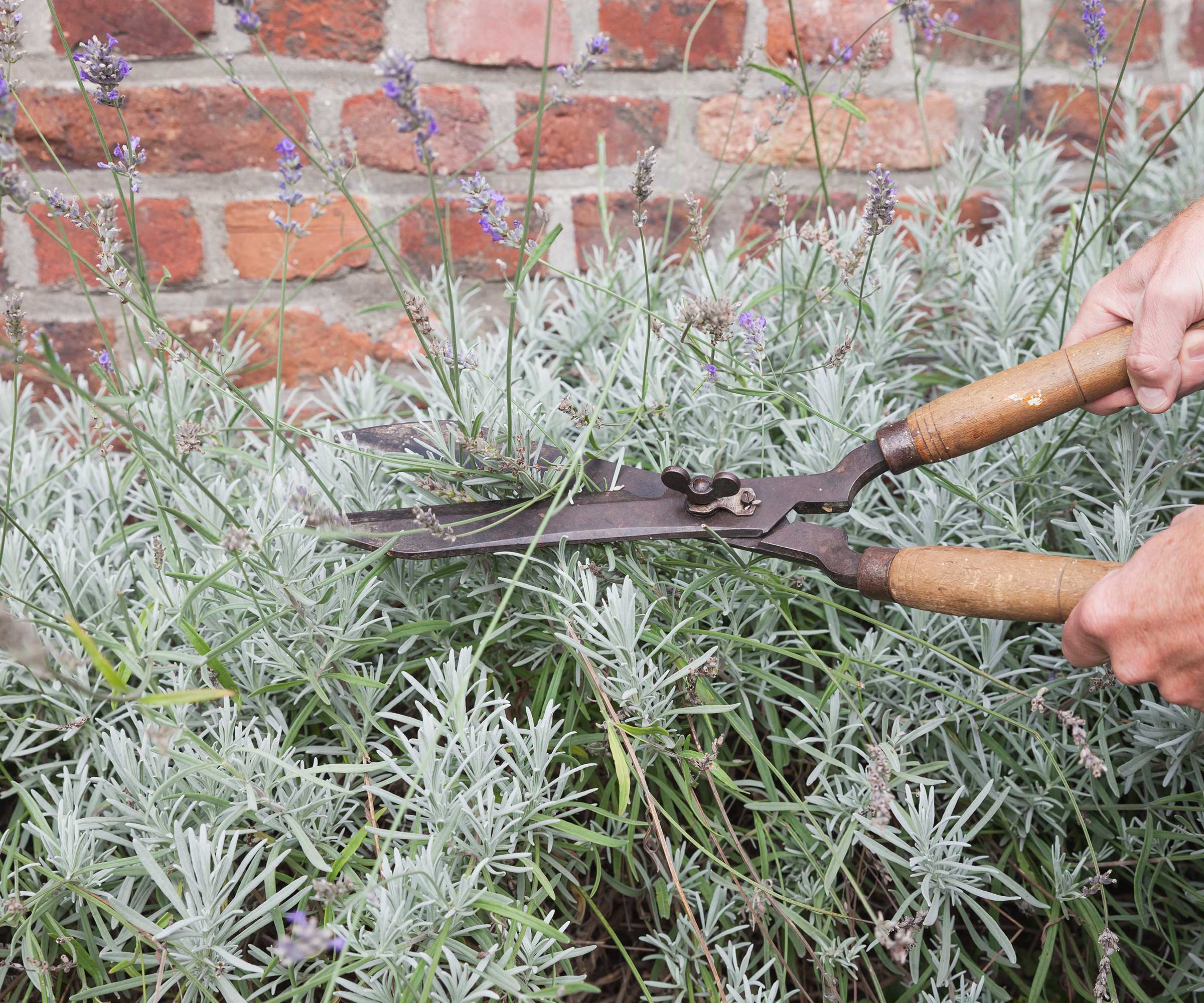
Pruning lavender encourages neat, compact growth and prolific flowering
When to prune lavender
'We find the best time to prune lavender is fall, well before the first frosts come,' says Stephen. 'This allows the plant to focus on transitioning into winter dormancy once flowering has finished, and prevents the formation of woody lavender plants.'
'Generally speaking, October is an ideal month for pruning,' he continues. 'This may, of course, vary depending on the micro-climate of your own garden. At our Pacific Northwest farm, we usually see the first frosts in early November, so we focus on getting our 30,000+ plants pruned and put to bed for the long winter’s nap by the end of October.'
'You do not want to prune in temperatures above 80°F if you can avoid it,' Anna Ohler, the Owner of Bright Lane Gardens nursery adds. If it's still warm outside, consider pruning in the evenings so the plant can recover overnight when temperatures are coolest. Thoroughly water your lavender for the next few days after pruning, she adds.
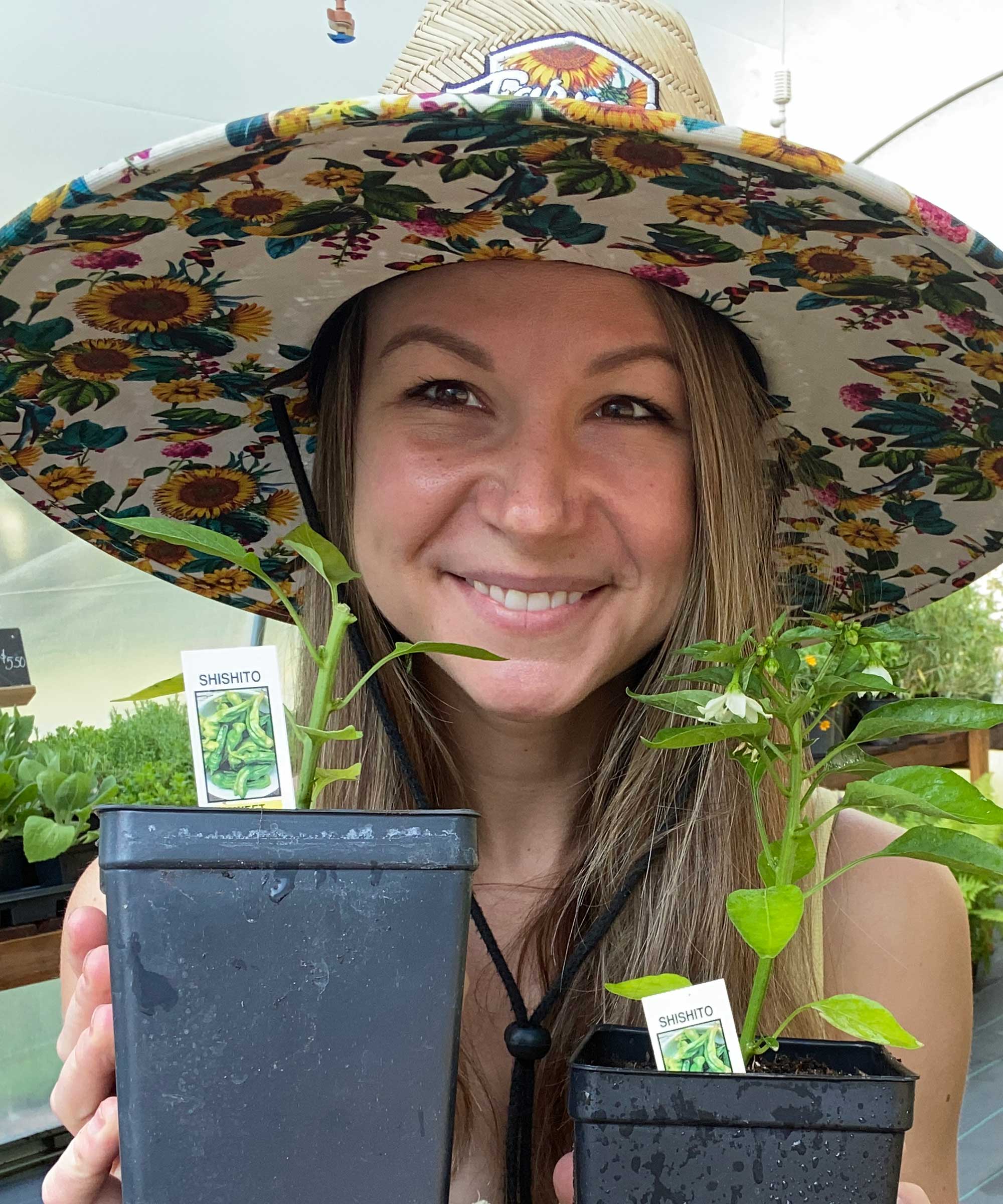
Anna is an avid plant hobbyist and the Owner and Operator of Bright Lane Gardens, a boutique plant nursery in Northern Michigan. With over a decade of experience in gardening and landscaping, she takes every opportunity to share her knowledge on all things plant related.
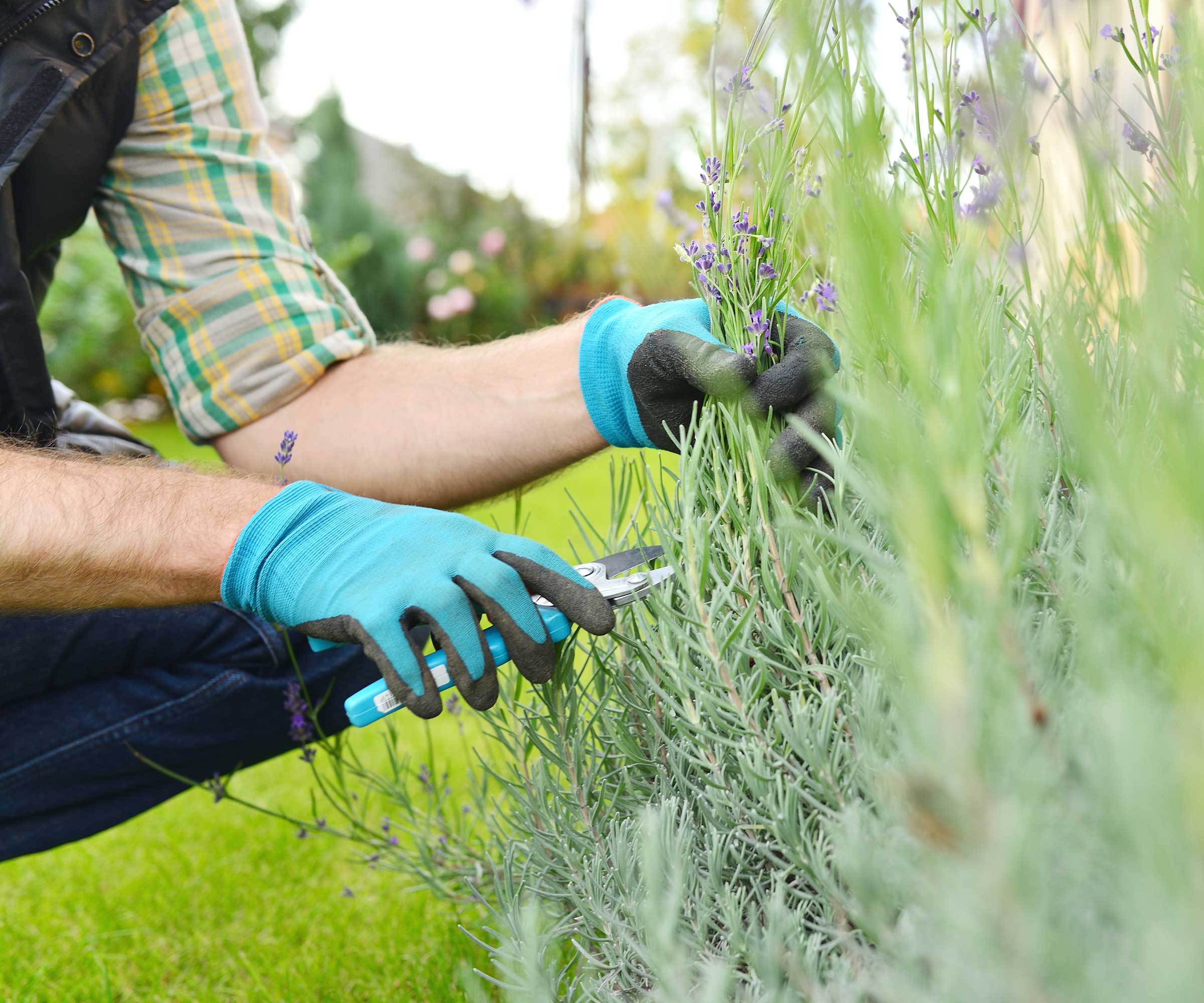
Lavender should be pruned well before the first frosts
Stephen highlights a second benefit of pruning lavender during the fall: at this time of year, it's easy to see on the plant how far back you should cut. 'The summer growth is still green and clearly differentiated from the gray or brown woody base of the plant,' he explains. The plant should be pruned to within two leaf nodes above the woody part of the stem (leaving approximately 2-3 inches of green stalk).
'All of the over 400 varieties of lavender profit from annual pruning in this manner,' he adds.
Design expertise in your inbox – from inspiring decorating ideas and beautiful celebrity homes to practical gardening advice and shopping round-ups.
However, if you forget to prune your lavender in the fall, you can prune the shrubs in spring instead, when new growth starts to appear.
If you have the time, it's also possible to prune lavender twice a year: once after flowering, and once when temperatures warm again. With this approach, the shrubs are lightly clipped at the end of summer or in the fall, which creates a neat and attractive shape over winter and provides extra frost protection for the plants. A harder prune – leaving about 2in of green stalk as described above – can then be carried out in spring.
gonicc 8" Professional Premium Titanium Bypass Pruning Shears | $21.95 from Amazon
Pruners are an essential tool for every gardener. These ones, with their non-slip handles and titanium steel blade, make pruning lavender and other garden plants easy.
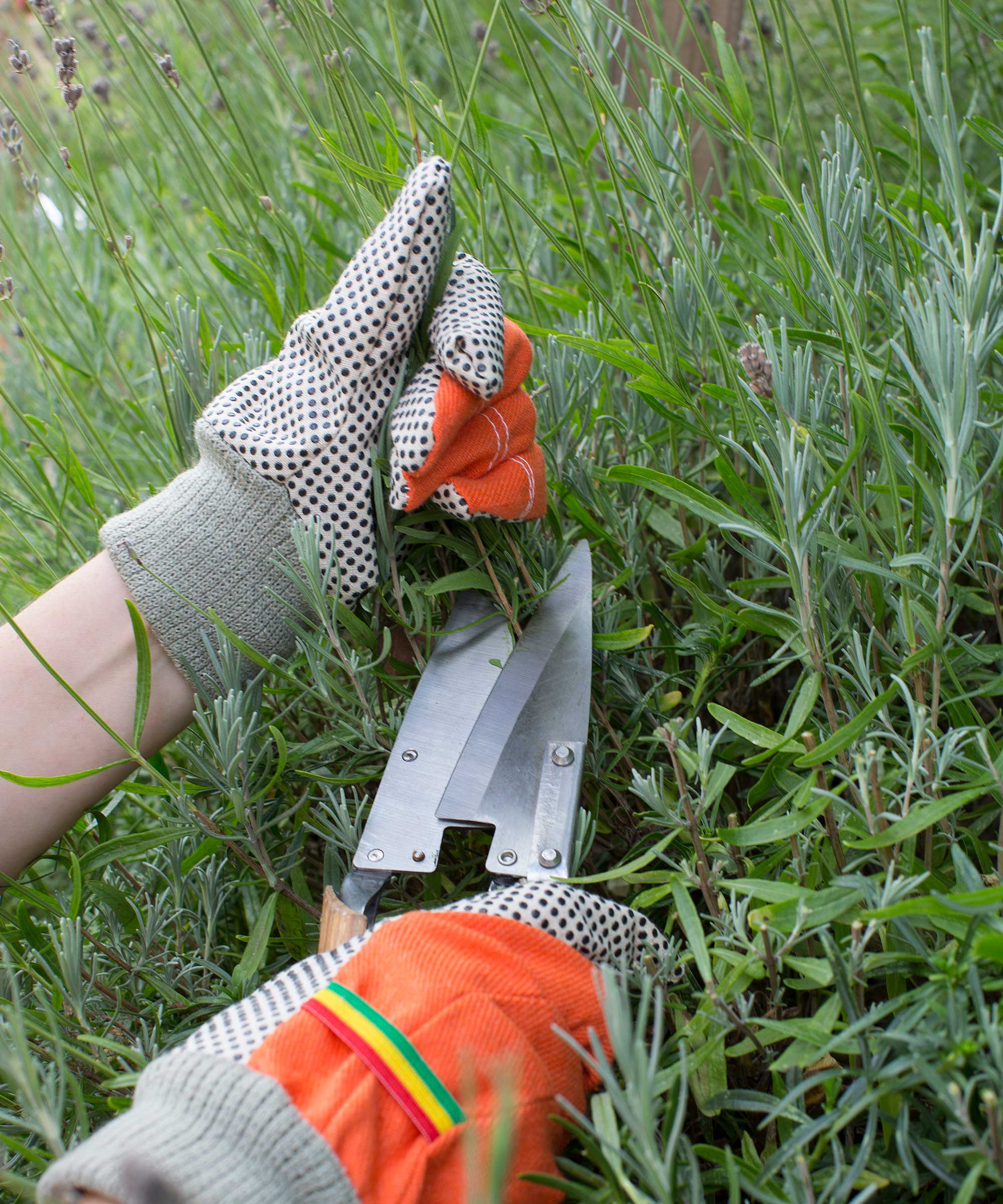
Some gardeners choose to prune their lavender twice a year
When should you deadhead lavender?
Many varieties of the species Lavandula stoechas (French lavender) will flower for longer if you deadhead them throughout the growing season, says Stephen.
Like deadheading coneflowers, zinnias, or dahlias, you can deadhead as and when needed, once the flowerhead has faded and the petals have turned brown.
Of course, you can also harvest lavender when it's still in bloom if you wish – they make pretty cut flowers when fresh, or can be dried for aromatic, long-lasting posies. But however you cut yours back, just remember to always use clean and sharp pruners and stay clear of the common pruning mistakes for happy, healthy plants.

Holly started writing about gardening five years ago, and she is a regular contributor to Homes & Gardens. She has also written many gardening features for Woman & Home and Real Homes, too. She has previous experience as a professional gardener, where she helped to plant and maintain private gardens. Holly has also looked after allotment plots over the years and loves to grow her own flowers and veggies from seed. In her spare time, she enjoys visiting local gardens, botanical drawing, and tending to her ever-growing collection of houseplants.
